Madonna Blessed Mother of The Immaculate Conception Statue
Immaculate Conception of Madonna Statue with very good crafted details and color combination, features a realistic depiction of the Virgin Mary and Child Baby. The full name of this statue is The Blessed Mother of The Immaculate Conception. The Immaculate Conception is a Catholic dogma, proclaimed by Pope Pius IX on 8 December 1854 with the bull Ineffabilis Deus, which establishes how the Virgin Mary was preserved immune from original sin from the first moment of her conception, this dogma should not be confused with the virginal conception of Jesus by Mary. The dogma of the Immaculate Conception concerns original sin, for the Catholic Church, in fact, every human being is born with original sin and only the Mother of Christ was exempt from it, in view of the Messiah‘s coming and mission on Earth, God therefore pleased that the Virgin should be the sinless abode to keep the divine Son made man in her womb in a worthy and perfect way. The Catholic Church celebrates the solemnity of the Immaculate Conception of the Blessed Virgin Mary on 8 December.
In Catholic devotion the Immaculate Conception is connected with the apparitions of Lourdes (1858) and iconographically with the previous apparitions of Rue du Bac in Paris (1830). To underline the importance of dogma, the Catholic Church celebrates the Solemnity of the Immaculate Conception of the Blessed Virgin Mary on 8 December with the Mass Gaudens Gaudens. This holiday was already celebrated in the East in the 8th century, and was imported to southern Italy by Byzantine monks. In Sicily, in particular, the theme of the Immaculate Conception was immediately accepted and became very much felt even before the definition of the dogma. In 1439, at the Council of Basel it was the archbishop of Palermo, Niccolò Tedeschi, who claimed that Mary was conceived without sin. The canon and historian Antonino Mongitore says that even as early as 1323 “la Concezione di Maria” was a feast of precept in Palermo, thus certifying that her devotion in the Sicilian capital was even then so ancient as to “not know the beginning“. The Senate of the island vowed to defend the doctrine of the Immaculate Conception and undertook to honor the feast with a worthy celebration.
Thus originated the “one hundred ounce rite“, a sum donated to the convent of San Francesco initially to furnish the Senatorial Chapel, one of the identifying moments of the city of Palermo. The Senate (now the Municipality) still renewed every year the solemn bloody vow, pronounced for the first time in 1624 and common to most of the island, swearing with a report to shed its blood for the defense of the Immaculate Conception, primary and main Patroness of the City and of the Archdiocese of Palermo, who became the highest patroness of the Sicilian Region. From the south, the cult of the Immaculate Conception then spread to the whole West, especially on the initiative of the Benedictine and Carmelite religious orders. She was included in the calendar of the universal Church by Pope Alexander VII with the bull Sollicitudo omnium ecclesiarum of 8 December 1661. Madonna Blessed Mother of The Immaculate Conception Statue sizes: 12.5 inches / 32 cm x 9.65 inches / 24.5 cm x 5.3 inches / 13.5 cm.
Immaculate Conception of Madonna Statue on Amazon.
Immaculate Conception of Madonna Statue on eBay.
Religious Statues and Christianity Statues.





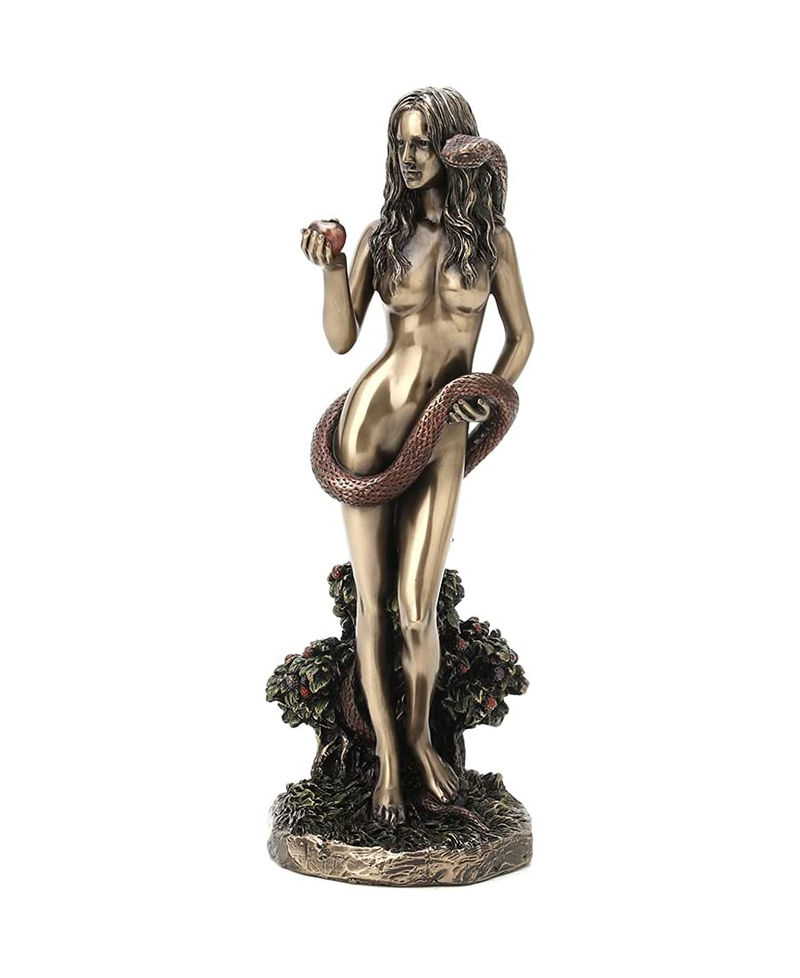
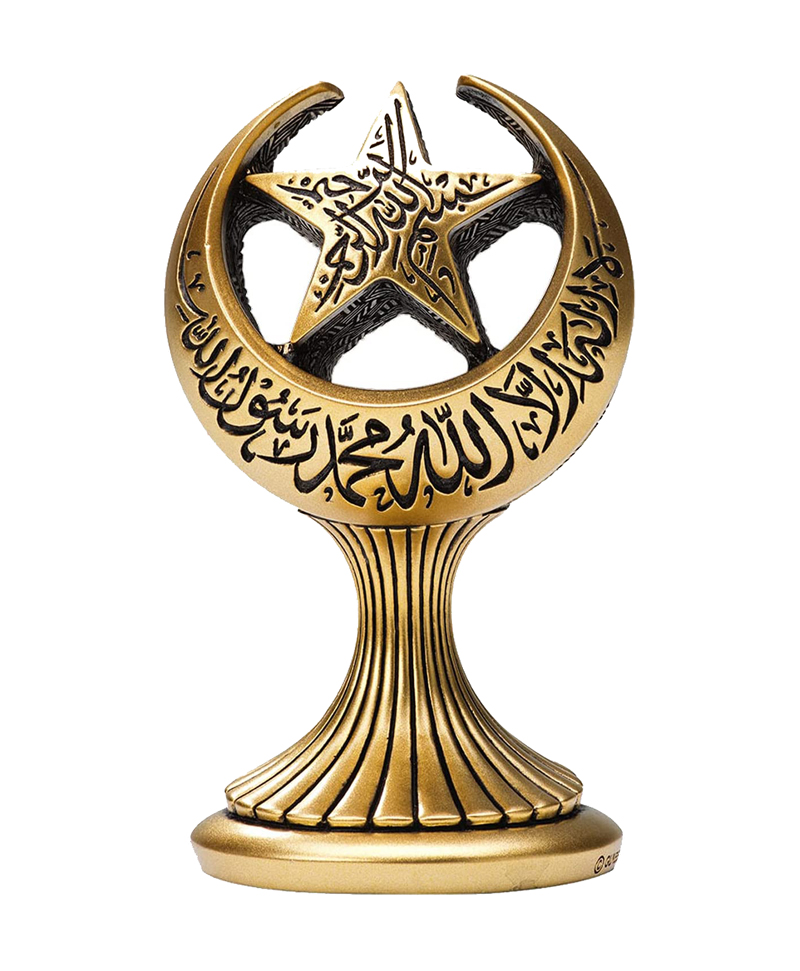
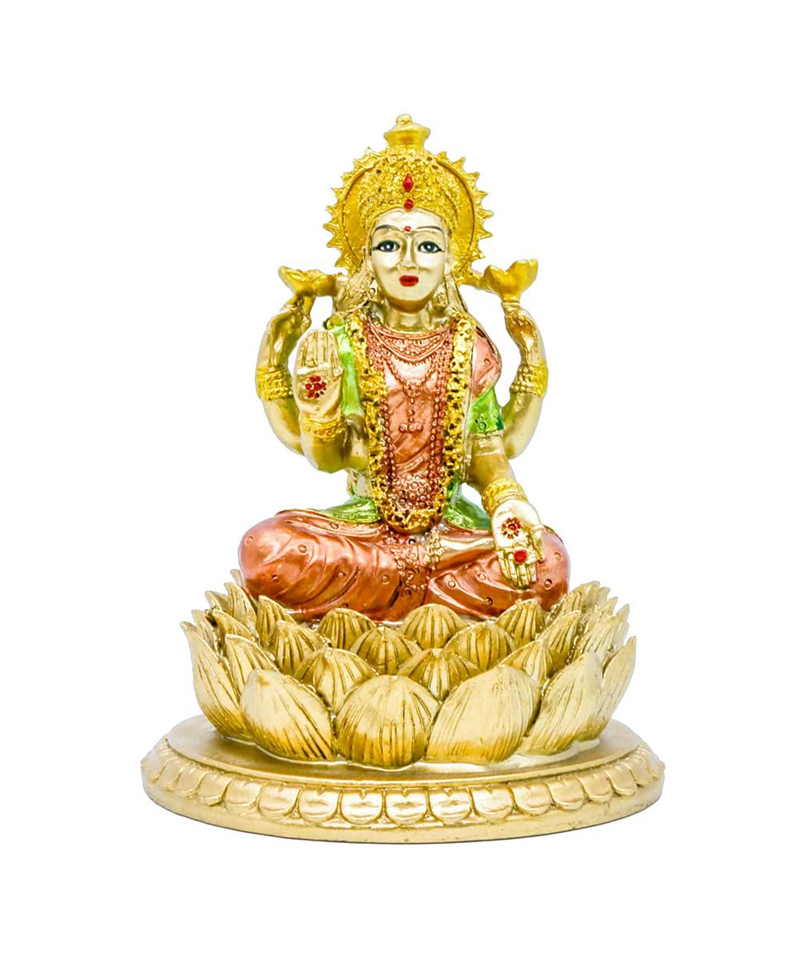

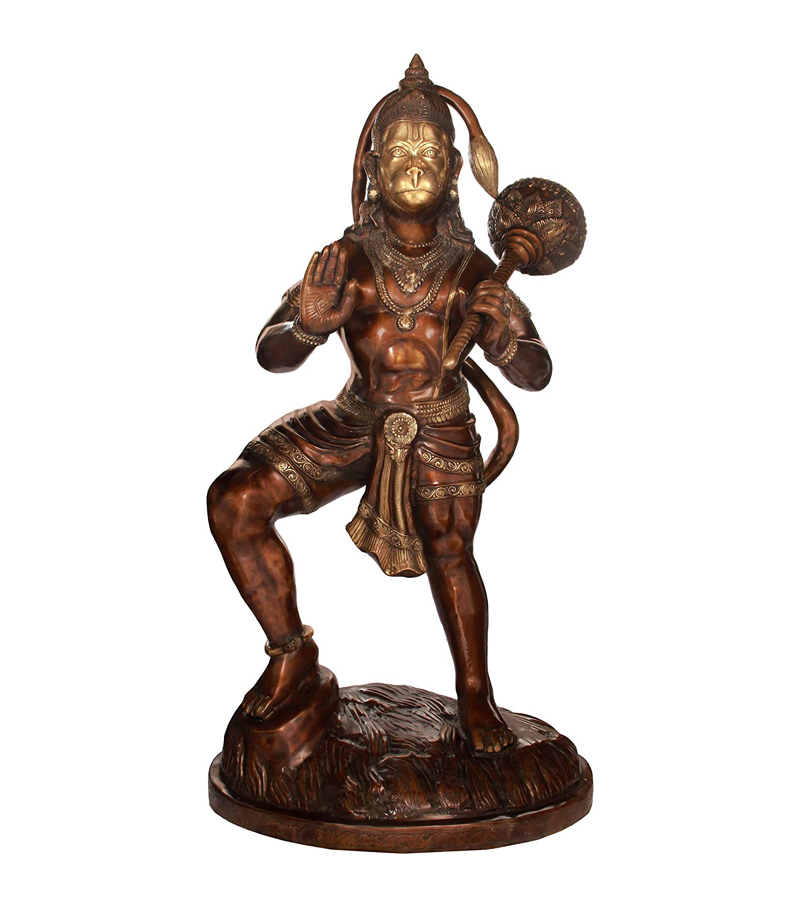
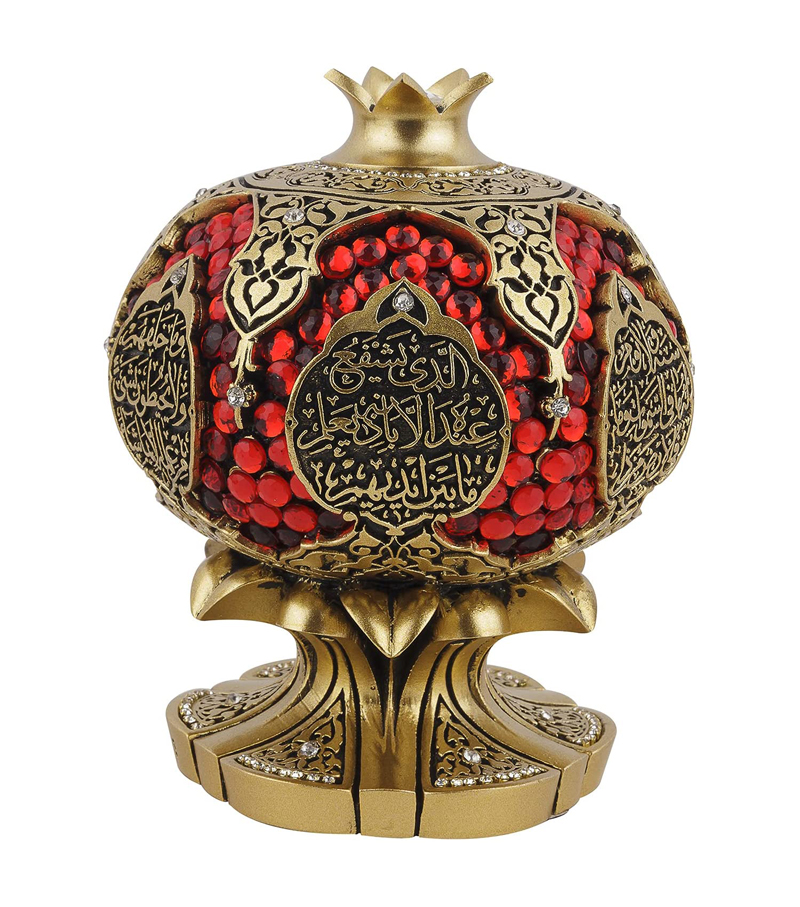

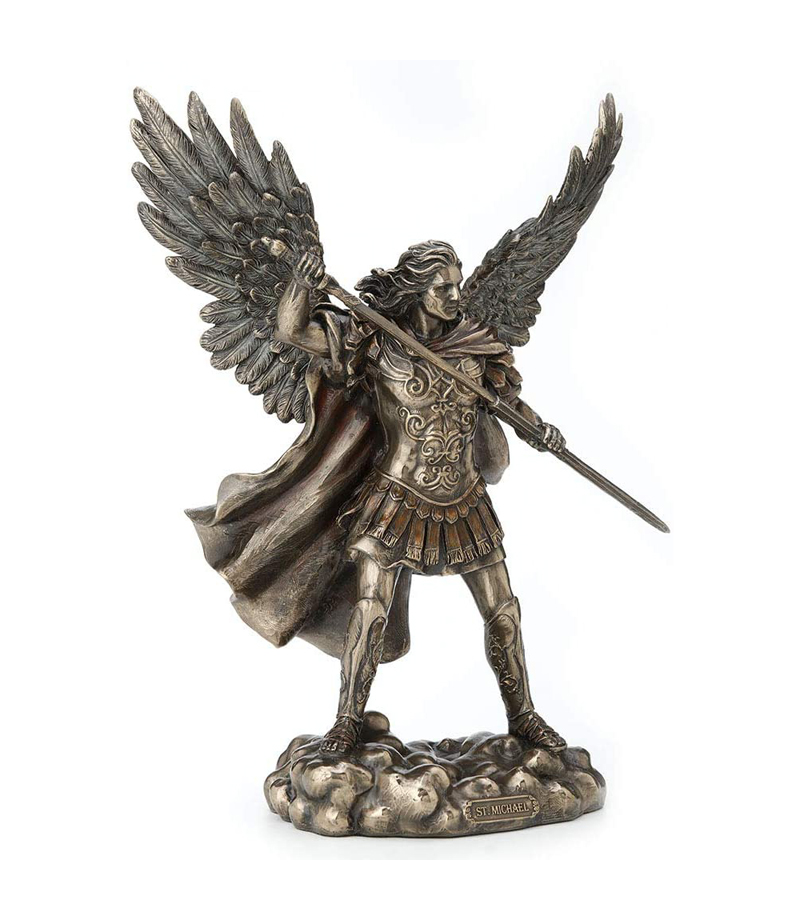

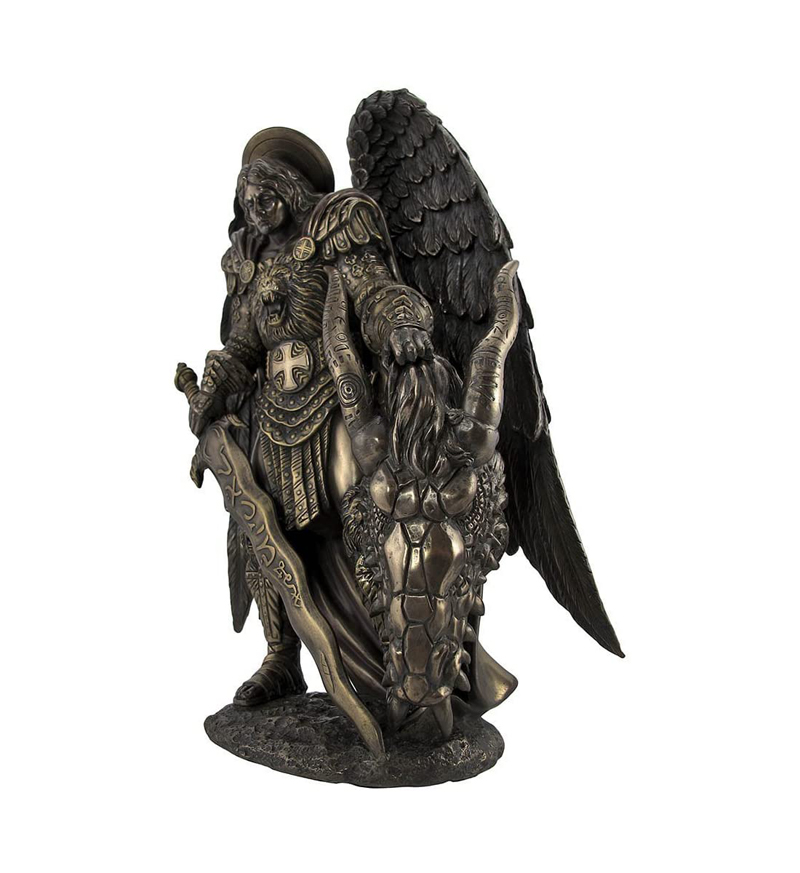
You must be logged in to post a comment.